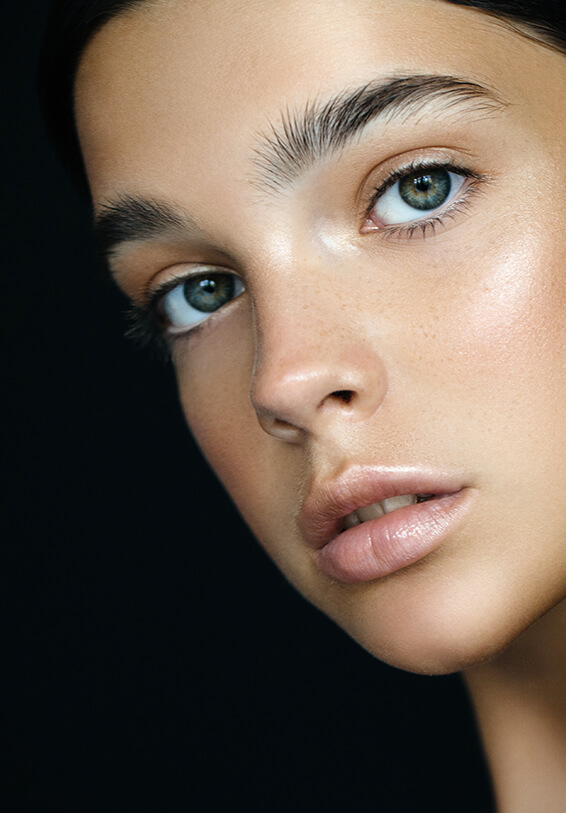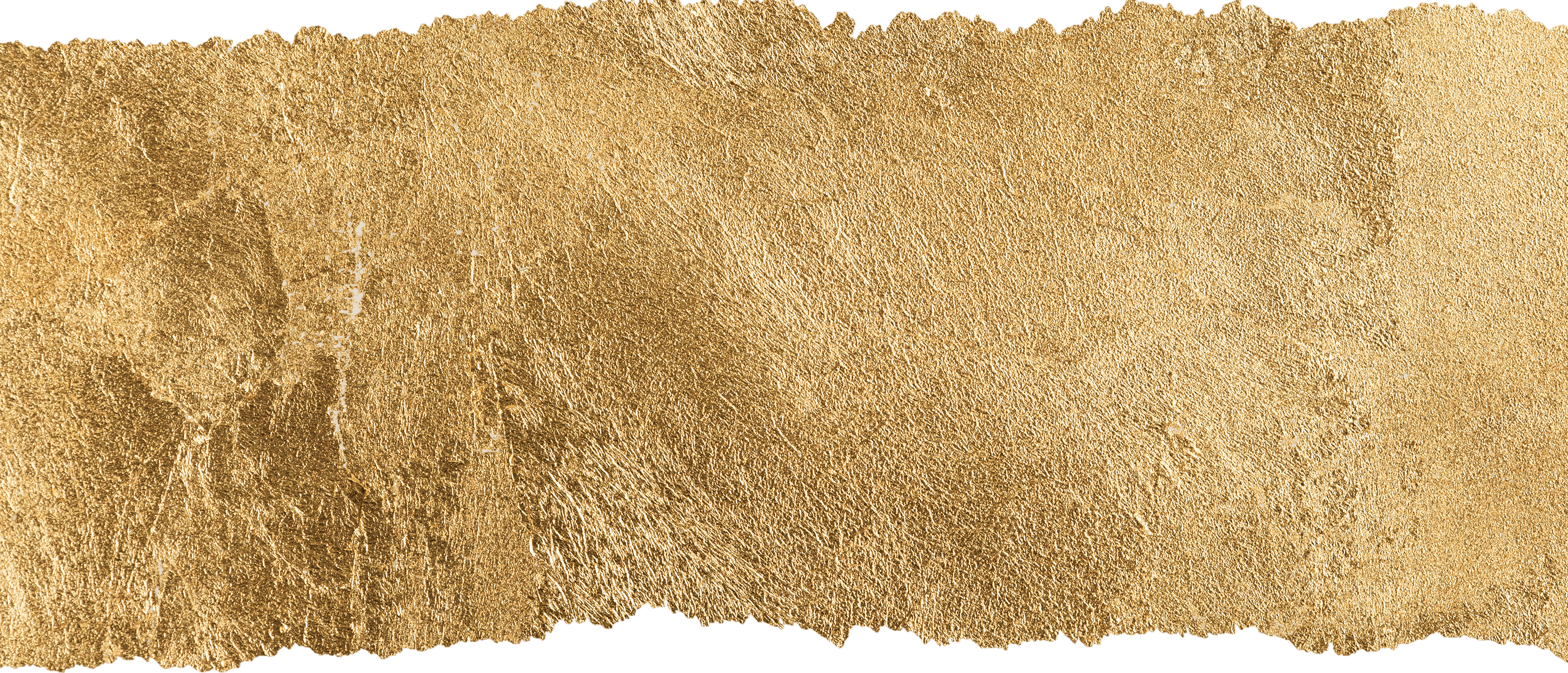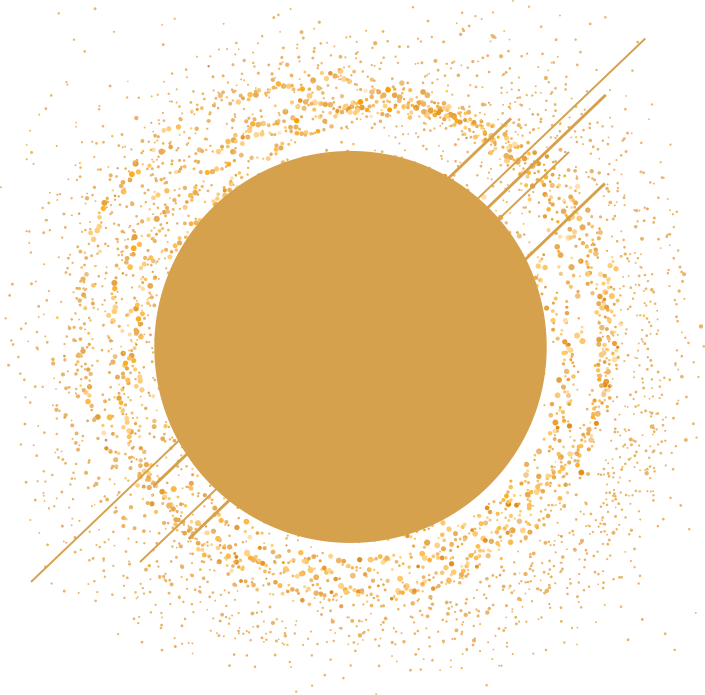Restoring lost volume and contours to the cheeks and reducing the appearance of deep smile lines volume
A balanced well-defined cheek structure is one of the most important elements of facial beauty irrespective of age, race, gender and culture. High outer cheekbones in a female are associated with facial attractiveness. Furthermore, fullness in the mid-cheek area with a smooth, curved contour conveys health and youthfulness. Strong cheek structure in a male is also associated with masculinity, attractiveness and health.
Cosmetic hyaluronic acid (HA) fillers can enhance the cheeks and provide foundation and support in the mid-face helping to reduce nasolabial folds (‘smile lines’) and under-eye hollows. By using different densities of fillers placed at different layers of the soft tissue, they can create lift, projection, definition and contour in the cheek and general mid-facial area. The outer cheekbone area can be made to look more sculpted, the front part of the cheeks under the eyes more volumised, and the malar eminence (the most prominent point on the cheekbone) more defined. Once the support in the mid-face has been achieved by treating the cheeks, the nasolabial folds can then be softened further if necessary with direct treatment of the folds with a softer type of filler for optimal natural-looking correction.



 How long do results last?
How long do results last?  Can the treatment results be reversed?
Can the treatment results be reversed? 





